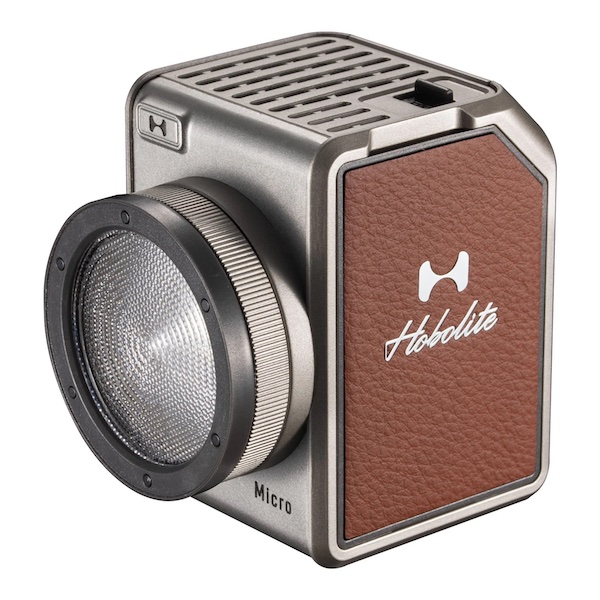Lighting
If you’re used to working in changing or challenging light, using a flash can be a critical creative tool. Many flash manufacturers offer TTL (“Through the Lens”) metering modes that work in tandem with your camera to automatically set flash power based on the light coming off of your subject. TTL is called slightly different things depending on your camera and flash model—Canon calls their version E-TTL, while Nikon’s name is i-TTL—but they all function the same way.
Much like auto exposure modes on cameras, TTL modes help automate some of the decision-making, freeing you to focus on composition or other camera settings. And like those same auto exposure modes, many professionals quickly evolve beyond needing, or wanting, to use them.
If you’re just getting your feet wet with flash, here’s a quick cheat sheet to guide you.
Pro: TTL Does the Thinking For You
Let’s say you’re in a rush or simply don’t want to deal with setting your flash power manually after every shot or scene change. TTL does that work for you, freeing you to pose subjects or navigate a room confident that your flash’s power output will set itself more or less correctly. You’re not totally at the mercy of the machine, however. When shooting in TTL, you can typically use flash exposure compensation to nudge your exposure value up or down to over or underexpose your image, in the same way you can use EV controls in your camera.
Con: TTL Steepens the Flash Learning Curve
Just like an automatic exposure mode on a camera, always shooting TTL robs you of the insights you can gain when setting your flash’s power manually. When you shoot manually, you’ll learn what power output and exposure settings lead to what kind of images. Over time, you may find you prefer the control and precision in setting those parameters yourself instead of letting the hardware decide for you.
Pro: Manual Can Be Less Expensive
While all TTL flashes will support manual operation, not every manual flash will offer TTL capability. If you don’t need TTL, you may be able to save a few bucks on a manual-only light.
Con: TTL Is Inconsistent
Because TTL metering changes dynamically with the reflectivity of your subject, the images you take can vary from shot to shot. This variability on its own may not be a problem, but if you’re editing a series of images, it’s much more time-consuming (and potentially impossible) to run batch corrections during post. TTL’s variability from image to image is one of the major reasons many pros opt for manual, if only to improve efficiency.
Pro: Manual Plays Well With Modifiers
Placing gels, snoots, grids and other modifiers on your flash may increase the odds that the TTL metering system will get confused and deliver either too much or too little power. When you take full control over your flash output manually, however, you can be assured of the results you want every time.
Con: TTL Can Drain the Battery
TTL works by firing a “pre-flash” to measure exposure before firing the main flash to properly expose your subject. While those pre-flashes are low power and nearly instantaneous, they do require some power, which means over time they’ll contribute to faster battery drain. When you set your flash power manually, there’s no pre-flash required so you won’t be wasting battery life on those tiny pre-flashes.
Pros: Manual Affords More Compositional Creativity
If your subject isn’t filling your frame and you’re composing a scene with a wide-angle lens, TTL metering may be thrown off by extraneous elements that are filling the frame and reflecting light. When shooting manually, you can adjust the flash output for your subject alone and not worry that the flash will pump out too much, or too little, light.
Con: TTL Can Slow Recycle Times
Another consequence of the TTL pre-flash is a hit to flash recycle times. It’s not tremendous—those pre-flashes are quick—but if every millisecond counts, you might sacrifice them when shooting TTL.
Related: 6 Photographers Share How They Have Evolved Their Lighting
10 Great Battery-Powered Strobes
Profoto’s New Connect Flash Trigger Is Like No Other Trigger You’ve Seen





